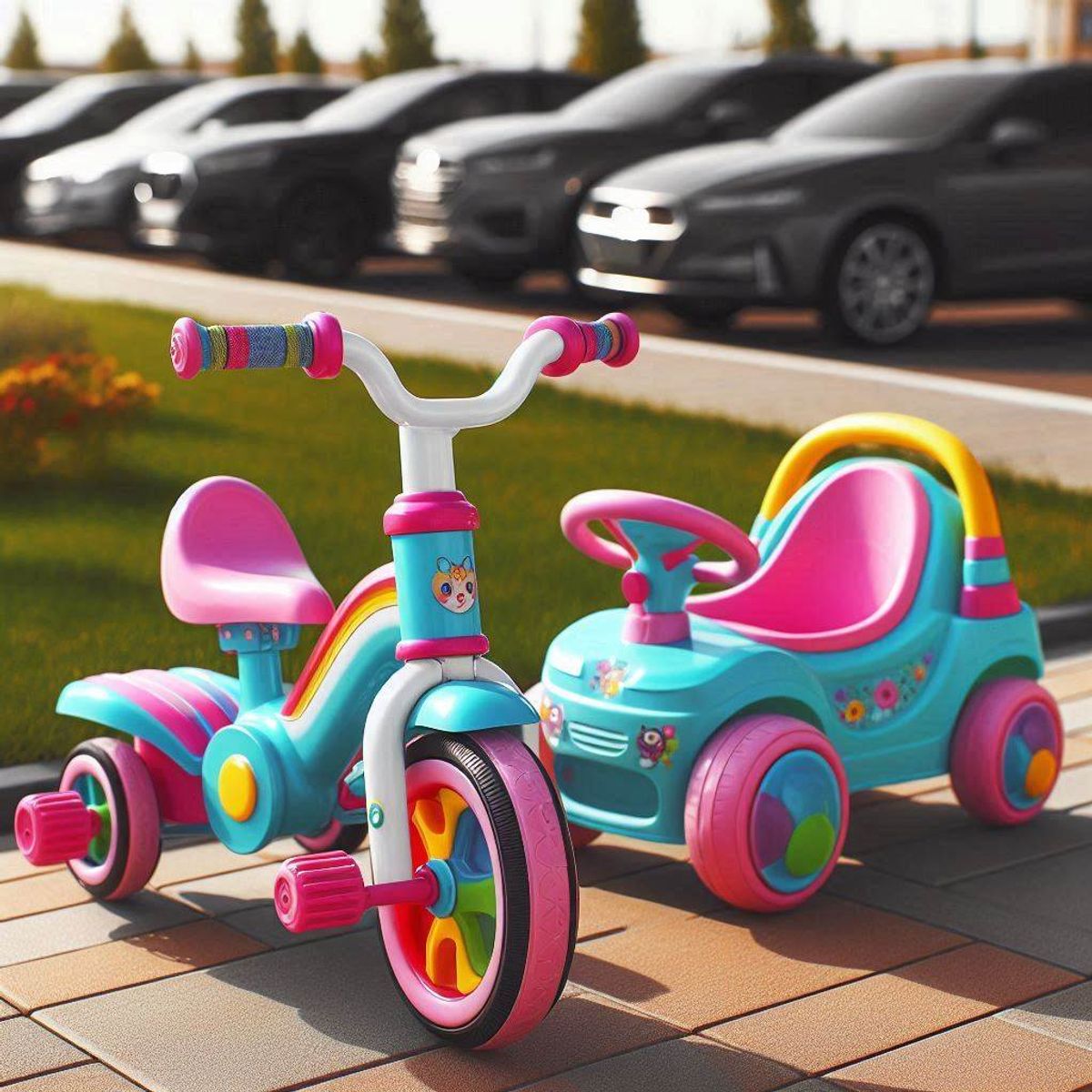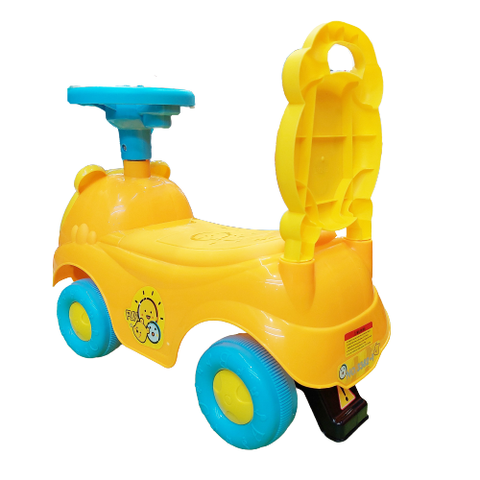
As toddlers grow and develop, the right toys can make a big differnce in their physical and cognitive development. Baby push bikes and push cars are two popular choices for parents looking to support their child's growth through active play. Here’s a detailed look at these two types of ride-on toys and what makes them unique.

Baby Push Bikes: Enhancing Balance and Coordination
Baby push bikes, also known as balance bikes, are designed to teach toddlers how to balance and steer before they move on to pedal bikes. These bikes are simple in design, lacking pedals and often featuring a lightweight frame that’s easy for children to manuever.
Key Features:
- Balance Training: Push bikes help children develop the ability to balance and steer by using their feet to propel the bike forward. This foundational skill is crucial for learning to ride a pedal bike later.
- Safety: Most push bikes come with features like adjustable seats to grow with the child, non-slip handles, and durable, stable frames to ensure safety during use.
- Durability: Constructed from materials such as high-quality plastic or metal, these bikes are built to withstand the rough and tumble of young riders.
- Design Variations: Available in a range of designs and colors, push bikes can cater to different tastes and preferences.
Benefits:
- Motor Skill Development: Enhances gross motor skills by encouraging children to use their legs and core muscles.
- Confidence Building: Boosts confidence as children master the art of balancing and steering independently.
- Physical Activity: Encourages outdoor play and exercise, contributing to a child’s overall physical health.

Push Cars: Fun and Interactive Ride-Ons
Push cars are ride-on toys designed for toddlers to sit in while an adult pushes them along. These toys often mimic real cars and include interactive features like steering wheels and horns, making them engaging and enjoyable for young children.
Key Features:
- Interactive Elements: Many push cars feature realistic details such as working horns, sound effects, and movable steering wheels to engage children and make the experience more immersive.
- Comfort and Safety: Push cars are designed with comfortable seats and safety belts to secure the child during rides. The handles for parents are usually ergonomically designed for ease of pushing.
- Versatility: Some push cars can convert into ride-on toys as the child grows, offering extended usability.
- Design Choices: Available in a wide variety of styles, from classic to modern, push cars can appeal to different tastes and preferences.
Benefits:
- Imaginative Play: Fosters imaginative play as children pretend to drive their own car, enhancing creativity and social interaction.
- Parent-Child Interaction: Provides an opportunity for parents to engage with their child during outdoor activities or walks.
- Coordination Practice: Helps children practice steering and movement coordination while having fun.
Choosing Between a Push Bike and a Push Car
When deciding between a push bike and a push car, consider the following factors:
- Child’s Age and Skill Level: Push bikes are ideal for children around 18 months to 3 years who are developing balance and coordination. Push cars are suitable for younger toddlers and can be used from about 12 months.
- Child’s Interests: If your child enjoys physical activity and learning new skills, a push bike might be the better choice. For children who enjoy imaginative play and riding, a push car could be more appealing.
- Usage and Space: Push bikes are great for outdoor use, such as on sidewalks or parks. Push cars can be used both indoors and outdoors, providing flexibility in play areas.
Both baby push bikes and push cars offer valuable benefits for toddlers, supporting their development while providing enjoyment. By understanding the unique features and benefits of each, you can select the toy that best meets your child’s needs and interests, ensuring a positive and engaging play experience.






